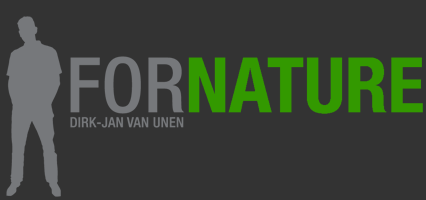There was the honeymoon couple that were mating almost every 15 minutes for a week. Every copulation ended with an agressive tête-à-tête between the partners, which is rather curious from a human perspective.

There was the female with a small cub. We found her while she had just started to hunt wildebeest that were migrating a few hundred meters further with thousands all together. First, she was slowly sneaking through the high savannah grass, perfectly using her magnificent camouflage. Followed by patient laying in ambush for an hour until the wildebeest were within her reach. A sudden run, panic in the herd, and there she was wrestling with an adult wildebeest that had no change to escape. A few minutes later the wildebeest migration just continued like nothing happened.

There was the small lion pride with a freshly killed wildebeest in the first morning light. It had been cold during the night and each breath of the lions condensed, a photographically very interesting situation. While there were about 5 vehicles present at the kill I still don't understand why we were the only ones taking shots from a backlit viewpoint. Later, we understood from our guide that the other guides had asked him in Swahili through the radio why he positioned his vehicle in such a strange position.



Hope to see you back for the next post on the wildebeest migration.
Dirk-Jan




